 Poland’s new energy strategy should put the country on a pathway towards a cleaner energy system while strengthening energy security, the International Energy Agency said in its latest review of the country’s energy policies. The forthcoming energy strategy is likely to prioritise long-term energy security, placing a strong emphasis on reducing greenhouse gas (GHG) emissions and air pollution, increasing energy efficiency and decarbonising the transport system.
Poland’s new energy strategy should put the country on a pathway towards a cleaner energy system while strengthening energy security, the International Energy Agency said in its latest review of the country’s energy policies. The forthcoming energy strategy is likely to prioritise long-term energy security, placing a strong emphasis on reducing greenhouse gas (GHG) emissions and air pollution, increasing energy efficiency and decarbonising the transport system.
The new energy strategy will require significant investments to reduce the share of carbon-intensive power plants and increase the share of low-carbon energy, including nuclear energy and renewables, said Dr Fatih Birol, the IEA’s Executive Director, at the launch in Warsaw of Energy Policies of IEA Countries: Poland 2016 Review.
Source: iea.org


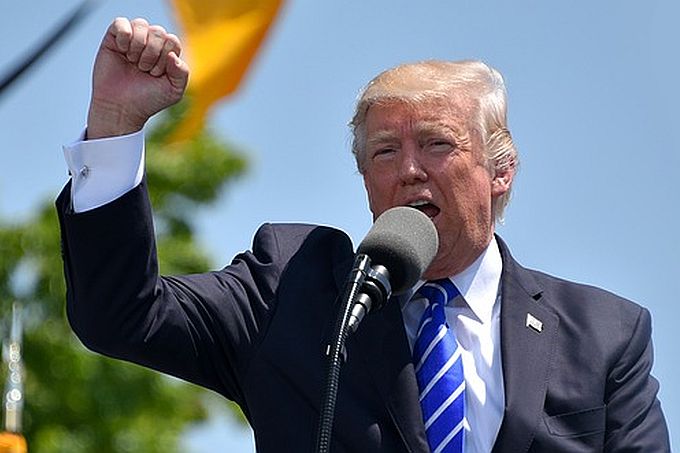



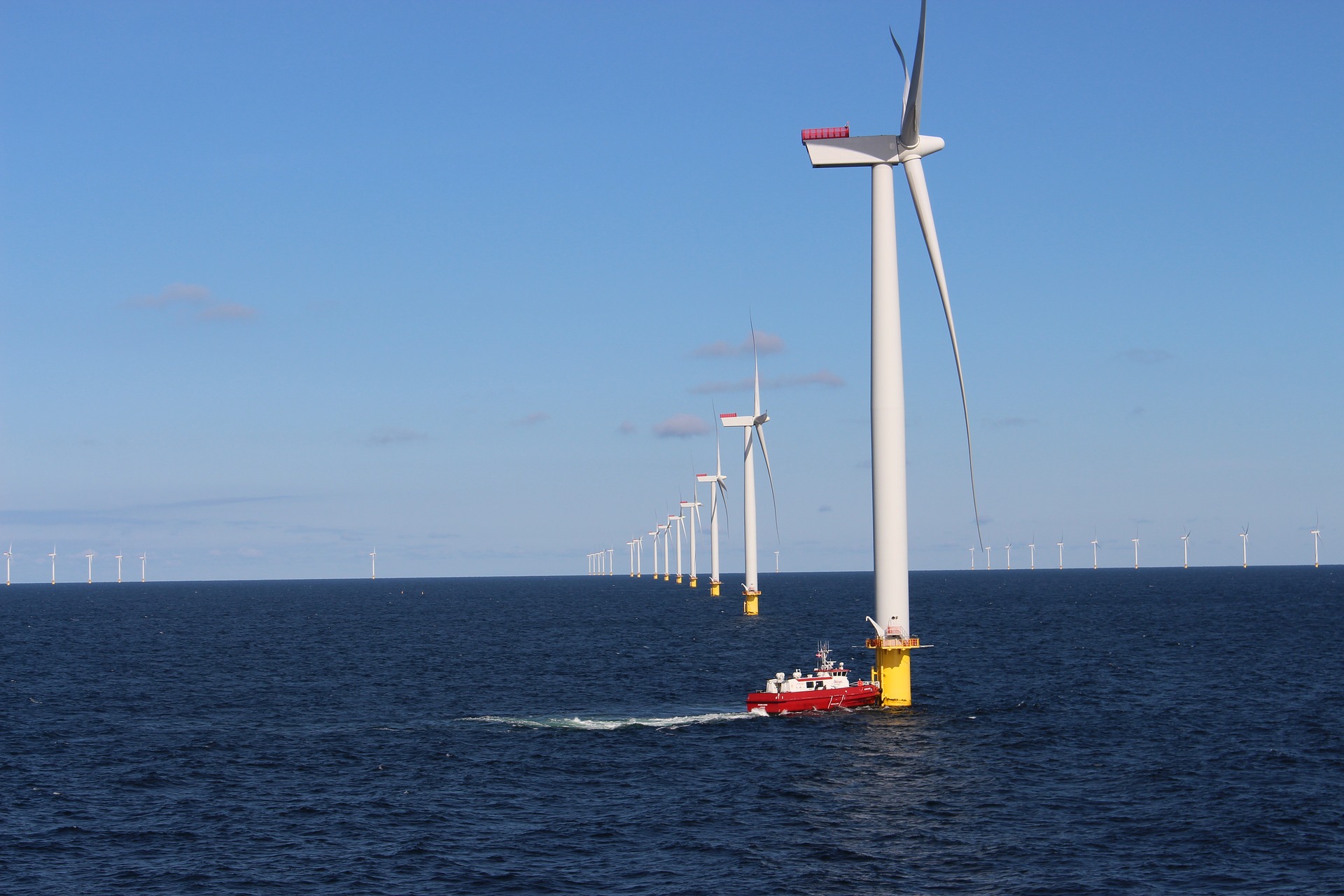
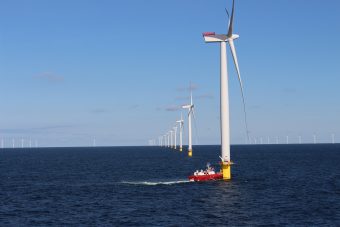
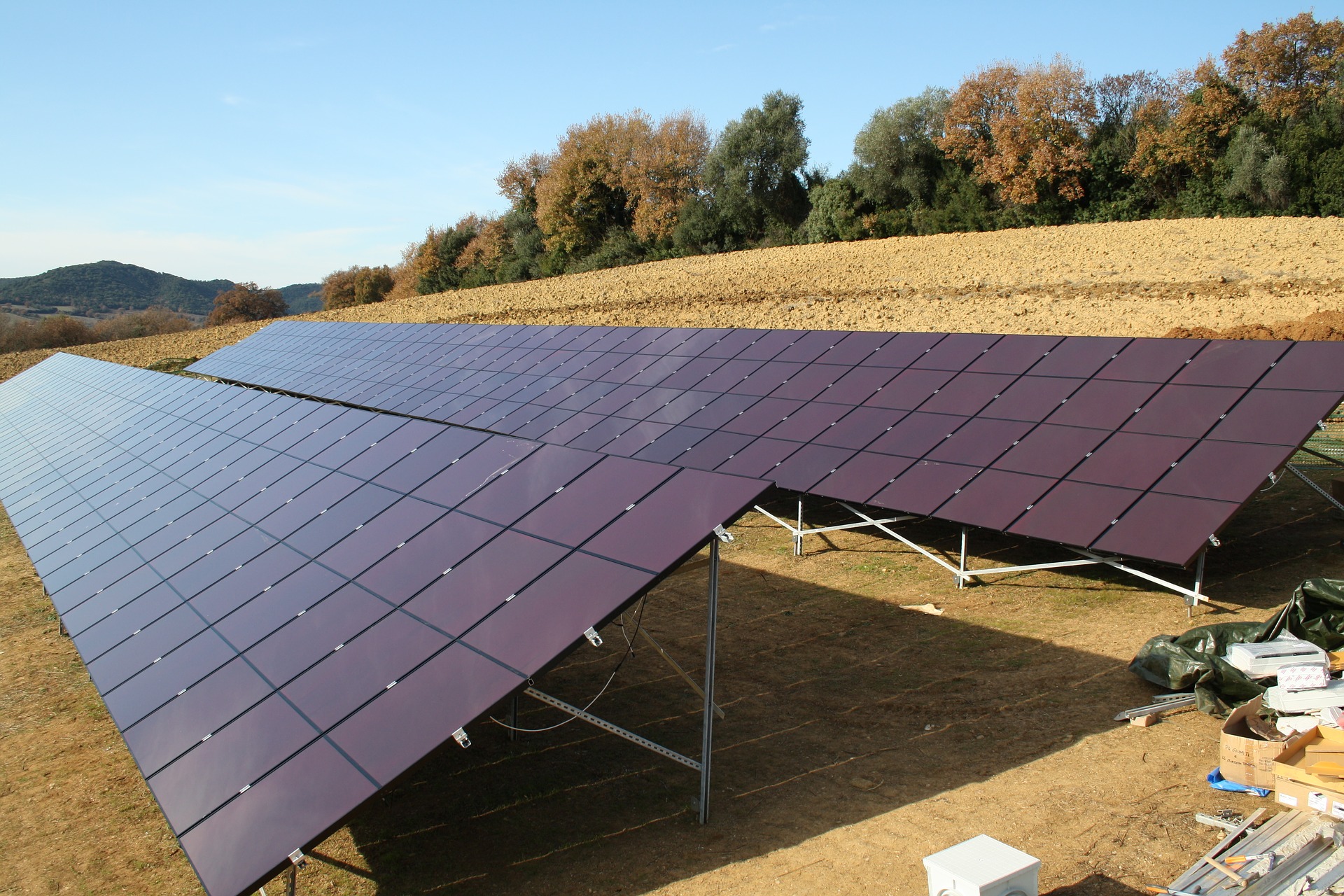
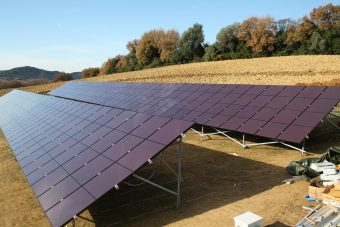
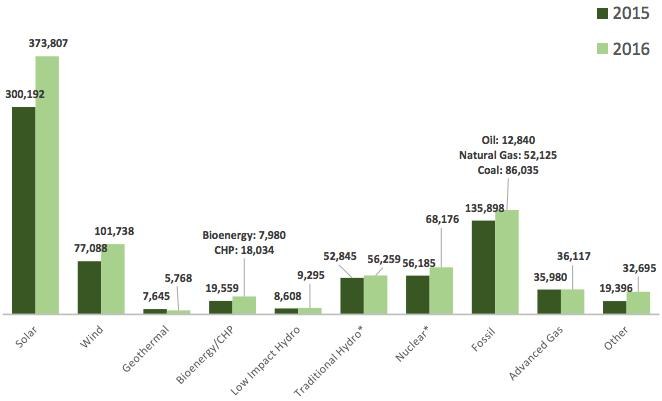
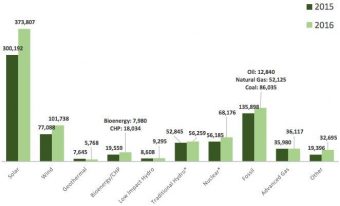

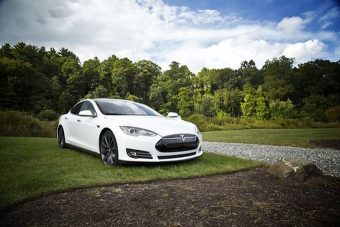

 In 2016, the Nord Stream Pipeline operated at 80 per cent of its annual capacity of 55 billion cubic metres (bcm). 43.8 bcm of natural gas were delivered to consumers in the European Union. This is yet another increase compared to the previous years: 39.1 bcm in 2015 (71 per cent), 35.5 bcm in 2014 (65 per cent), and 23.8 bcm in 2013 (43 per cent).
In 2016, the Nord Stream Pipeline operated at 80 per cent of its annual capacity of 55 billion cubic metres (bcm). 43.8 bcm of natural gas were delivered to consumers in the European Union. This is yet another increase compared to the previous years: 39.1 bcm in 2015 (71 per cent), 35.5 bcm in 2014 (65 per cent), and 23.8 bcm in 2013 (43 per cent).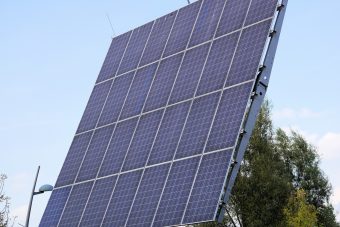
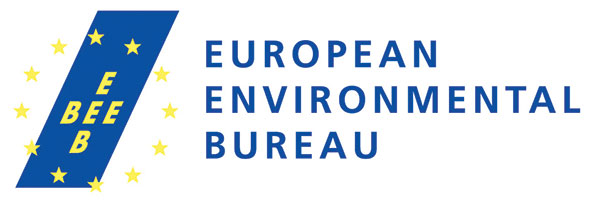
 Over 800,000 new jobs could be created across the EU if MEPs in the European Parliament’s Environment Committee vote for both an ambitious recycling target and to strongly support the refurbishing and reusing sectors on Tuesday (24 January), said the European Environmental Bureau (EEB).
Over 800,000 new jobs could be created across the EU if MEPs in the European Parliament’s Environment Committee vote for both an ambitious recycling target and to strongly support the refurbishing and reusing sectors on Tuesday (24 January), said the European Environmental Bureau (EEB).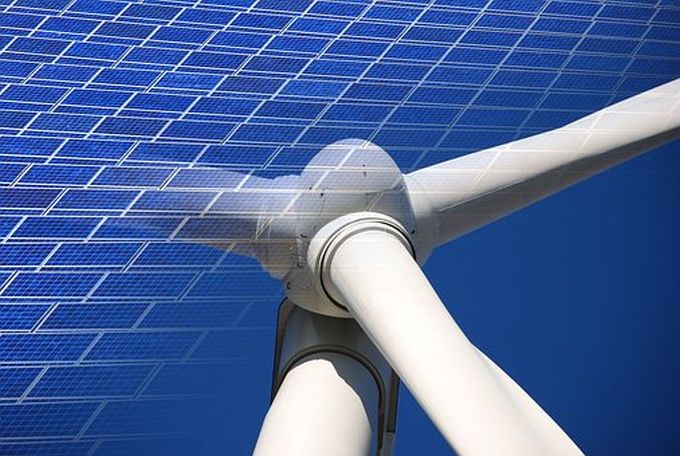


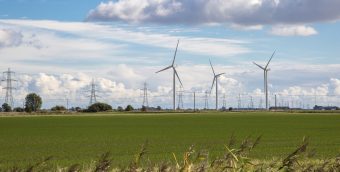


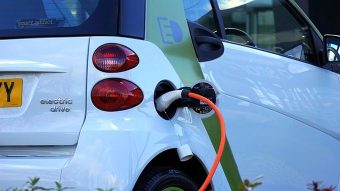

 In a new step to support Kazakhstan’s path towards a greener economy, the European Bank for Reconstruction and Development (EBRD) is launching a study that will assess the potential of developing a green financial system for the country. A system of this kind would boost financing for “green” projects in Kazakhstan and beyond and would be based within the forthcoming Astana International Financial Centre (AIFC).
In a new step to support Kazakhstan’s path towards a greener economy, the European Bank for Reconstruction and Development (EBRD) is launching a study that will assess the potential of developing a green financial system for the country. A system of this kind would boost financing for “green” projects in Kazakhstan and beyond and would be based within the forthcoming Astana International Financial Centre (AIFC).
